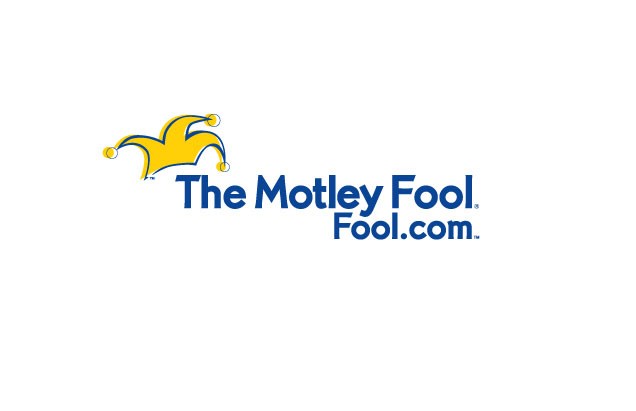The Motley Fool
Post on: 24 Сентябрь, 2015 No Comment

The E-Edition includes all of the news, comics, classifieds and advertisements of the newspaper. And it’s available to subscribers before 6 a.m. every day.
Sunday April 8, 2012 10:31 AM
Q: What’s the S&P 500?
— C.B. Lima, Ohio
A: It’s an index of 500 of America’s biggest companies, selected by the folks at Standard & Poor’s. Though the U.S. stock market encompasses thousands of companies, these 500 together make up more than 75 percent of the market’s total value.
The companies mostly have market capitalizations of at least $4 billion and include names such as 3M, Alcoa, Best Buy, Boeing,
Caterpillar, Corning, Dell, Estee Lauder, FedEx, Ford, Gap, Goldman Sachs, Harley-Davidson, Hasbro, International Paper, Kellogg, Kroger, McDonald’s, Oracle, PepsiCo, Schwab, Southwest Airlines, Target, Visa, Whirlpool, Whole Foods Market and Xerox.
Companies removed from the index in the past few years include RadioShack and Eastman Kodak, while those added include Chipotle Mexican Grill, Netflix, Dollar Tree and priceline.com.
You can invest in the S&P 500 easily via an index fund such as the low-cost Vanguard 500 Index. Learn more at fool.com/mutualfunds/mutualfunds.htm.
Fool’s school: Fisher’s 15 points
Earlier this year, we reviewed the investment philosophy of Philip A. Fisher, one of the world’s best investment thinkers. Here are eight of his famous “Fifteen Points to Look for in a Common Stock” from his classic book, Common Stocks and Uncommon Profits. They can help you identify well-managed companies with great prospects.
• “Does the company have products or services with sufficient market potential to make possible a sizable increase in sales for at least several years?”
• “Does the management have a determination to continue to develop products or processes that will still further increase total sales potentials when the growth potentials of currently attractive product lines have largely been exploited?” Great companies keep innovating.
• “Does the company have a worthwhile profit margin?” Some companies make big bucks despite small margins — via great sales volume. But in general, the bigger the profit margins, the better. And ideally, they should be growing.
• “Does the company have outstanding labor and personnel relations?” It’s a plus for a company to have happy employees.
• “Does the company have outstanding executive relations?” Among other things, executive compensation should be within industry norms.

• “Are there other aspects of the business, somewhat peculiar to the industry involved, which will give the investor important clues as to how outstanding the company may be in relation to its competition?” Understanding a company’s industry will help you see which companies are best positioned to succeed.
• “Does the company have a short-range or long-range outlook in regard to profits?” It’s the long run that matters most. Look for big goals and smart strategies.
• “Does the management talk freely to investors about its affairs when things are going well but ‘clam up’ when troubles or disappointments occur?” Annual CEO letters to shareholders can give you a sense of management candor. It’s better to see recognition of risks and mistakes than whitewashing and blaming. Above all, seek management integrity.
Foolish trivia
I trace my roots to a 1940 drive-in restaurant with car-hop service. French fries replaced potato chips on my menu in 1949, the same year that triple thick milkshakes made their debut. Today, I’m the world’s leading restaurant retailer, with more than 33,000 locations. I serve nearly 68 million people in 119 countries each day. If you had spent $2,250 on 100 shares of my stock when I went public in 1965, you would have 74,360 shares today (after 12 stock splits), worth more than $7 million. I also help more than 4 million families with sick children annually. Who am I?
Last week’s trivia question: I trace my history to a small dry-goods business in San Francisco in 1853, founded by a Jewish-German immigrant whose name I bear. In 1873, I patented rivets for men’s pants and created the planet’s first blue jeans. U.S. soldiers in World War II helped popularize my jeans and jackets overseas. Today, I’m a top global-branded apparel company. My brands include the Dockers, Signature and dENiZEN names, and my own. I’m known for fairness to my employees and generosity to my community, and I’ve won many awards. I rake in close to $5 b illion annually. Who am I?
Answer: Levi Strauss
Got a question for the Fool? Send it in care of this newspaper.














